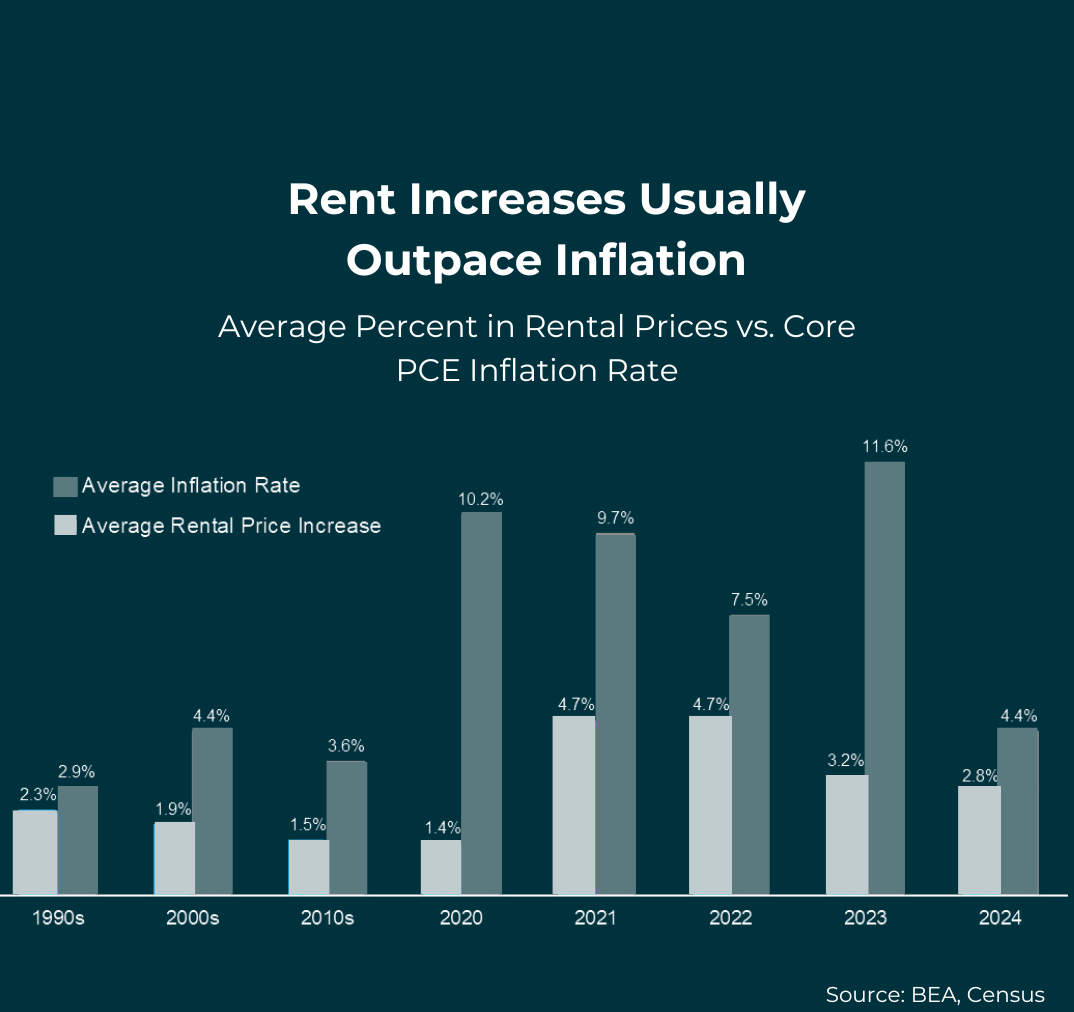Forget winter—tax season is coming, and the time to start getting ready is right now. The last thing you want to do is wait until the week before April 15 to try setting up an appointment with a tax advisor or to start digging through all your files looking for receipts from last July.
We want you to be prepared to tackle your taxes before they tackle you. And to do that, we’re going to dig into what’s new for this tax season and what’s staying the same. Let’s break down the details and find out how those changes impact you this tax season!
Changes for the 2020 Tax Season That Affect Your 2019 Taxes
OK, first a quick recap. When the 2018 tax reform law was passed, it changed tax rates and deductions and had millions of Americans taking a closer look at how they did their taxes.
Most of those changes went into effect when you filed your taxes last spring for the 2018 tax year, but there are still a few things that will be different when you file your 2019 taxes that are due April 15, 2020.
So what exactly is going to be different when you file your taxes this year?
- Income tax brackets increased in 2019 to account for inflation.
- The standard deduction increased to $12,200 for single filers and $24,400 for married couples filing jointly.
- There is no longer a penalty for not having health insurance coverage.1
Let’s take a closer look at each of these changes and some important details to know, to see how they’ll impact the way you file!
Income Brackets and Tax Rates for 2019
Here’s a refresher on how income brackets and tax rates work: Your tax rate (the percentages of your income that you pay in taxes) is based on what tax bracket (income range) you’re in.
For example, if you’re single and your income is $75,000, then you’re in the 22% tax bracket. But that doesn’t mean your tax rate is a flat 22%. Instead, part of your income is taxed at 10%, another part at 12%, and the last part at 22%. (You can check out the chart below to see all the tax brackets with their corresponding tax rate.)
For the 2019 tax year, the tax rates are the same—but there are some slight changes to the brackets. Basically, the brackets have been adjusted by a few hundred dollars from 2018 to account for inflation.2
| 2019 Marginal Tax Rates | Single Tax Bracket | Married Filing Jointly Tax Bracket | Head of Household Tax Bracket | Married Filing Separately Tax Bracket |
| 10% | $0 – $9,700 | $0 – $19,400 | $0 – $13,850 | $0 – $9,700 |
| 12% | $9,701 – $39,475 | $19,401 – $78,950 | $13,851 – $52,850 | $9,701 – $39,475 |
| 22% | $39,476 – $84,200 | $78,951 – $168,400 | $52,851 – $84,200 | $39,476 – $84,200 |
| 24% | $84,201 – $160,725 | $168,401 – $321,450 | $84,201 – $160,700 | $84,201 – $160,725 |
| 32% | $160,726 – $204,100 | $321,451 – $408,200 | $160,701 – $204,100 | $160,726 – $204,100 |
| 35% | $204,101 – $510,300 | $408,201 – $612,350 | $204,101 – $510,300 | $204,101 – $306,175 |
| 37% | Over $510,300 | Over $612,350 | Over $510,300 | Over $306,175 |
So, how much of a difference will you see in your tax bill this year? Let’s say you’re married filing jointly and your taxable income didn’t change from 2018 to 2019. If your taxable income is $100,000, you’d shave about $162 off your tax bill, but that’s about it. So, if your income or marital status hasn’t changed, you probably won’t notice much of a difference at all.
Higher Standard Deductions in 2019
The standard deduction is an automatic reduction in what you owe in taxes. When you pay taxes, you have the option of taking the standard deduction or itemizing your deductions. If you itemize, you calculate your deductions one by one. Itemizing is more of a hassle, but it’s worth it if your itemized deductions exceed the amount of the standard deduction.
The 2018 tax reform law almost doubled the standard deduction, which was great news for many tax filers last year! This year, the standard deduction went up slightly to adjust for inflation.3
| Filing Status | 2018 | 2019 |
| Single | $12,000 | $12,200 |
| Married Filing Jointly | $24,000 | $24,400 |
| Married Filing Separately | $12,000 | $12,200 |
| Head of Household | $18,000 | $18,350 |
Keep in mind that every situation is different as far as whether you should take the standard deduction or whether you should itemize.
Penalty for Having No Health Insurance Penalty Gone
Despite all the political wrestling the past few years around the Affordable Care Act, otherwise known as Obamacare, it’s still here. But the penalty you owed if you didn’t get health insurance is now history. That change went into effect for the 2019 tax year, so that means the penalty for not having health insurance (which was $695 in 2018) is going, going, gone.4
While getting rid of penalties is good news, don’t use that as an excuse not to get health insurance. We know. Insurance is expensive. But not having it can cost you way more!
Higher Threshold for Medical Expenses Deduction
And while we’re talking about health care, the medical expense deduction is another frequently used deduction that is going through a change. For the 2019 tax year, you can deduct unreimbursed medical expenses above 10% of your adjusted gross income (AGI), which is your total income minus other deductions you have already taken.
The 2018 tax reform law did allow taxpayers to deduct medical expenses above 7.5% for the 2017 and 2018 tax years, but that lower hurdle was temporary and expired at the beginning of 2019.5
Changes to the Estate Tax Exemption
The estate tax is a tax you pay on inherited money and property. Simple enough, right? Starting with the 2019 tax year, you can inherit up to $11.4 million in your lifetime before the estate is hit with the 40% tax (the limit was $11.2 million in 2018).6
Everything That’s Staying the Same for the 2020 Tax Season
While some things have been tweaked for the 2020 tax season, a lot of the changes that went into effect last tax season are still just as relevant today as they were back then.
Just as a refresher, here are some other things that changed last year that still might have an impact on how you file your taxes this year:
- The Child Tax Credit: The 2018 tax reform law increased the credit to $2,000 per qualified child and raised the income limits for the credit to $400,000 jointly and $200,000 individually.7
- Using 529 Plans: If you have a 529 college savings plan for your child, you can now use it for education other than college (like private school or tutoring for your child in kindergarten through twelfth grade) tax-free.8 But be careful, because withdrawing too much money too soon can leave Junior with a dried-up college fund.
- Mortgage Deductions for Homeowners: In 2018, the maximum mortgage principal in the tax reform law was lowered to $750,000. But before you worry, if you had an existing mortgage in between $750,000 and $1 million before 2018, it can be grandfathered into the old deduction.9
- No More Home Equity Debt Deduction: Borrowing against your home has always been a dumb idea. Now it’s even dumber since you’re no longer allowed to deduct interest paid on home equity debt.10
- The SALT Deduction: You can still deduct state and local income, sales and property taxes if you decide to itemize your deductions, but only up to $10,000 worth.11
- Charitable Donations Deduction: You can deduct up to 60% of your income in qualified charitable donations—that’s great news if you like to give like no one else!12
2020 Tax Season Dates
Alright, it’s time bust out your calendars and circle some important dates so that you won’t make the mistake of waiting until the last minute to file your taxes.
While Tax Day isn’t until April, waiting until then is a recipe for disaster. Not only is waiting until April 15 more stressful than going Christmas shopping on Christmas Eve, but you’ll miss out on some of the benefits of filing your taxes early.
With that in mind, here are some important dates to keep in mind as tax season rolls around:
- Monday, January 27th 2020: The IRS confirms the official start of tax season—the day the IRS begins accepting and processing your 2019 tax returns. So, if you have all your tax forms and information in order by then, you can get your taxes out of the way before the snow in your front yard melts.
- January 31, 2020: You should have online access to your W-2 form—the form employees use to report their income—or have it delivered to you by your employer by this date.13 So, check your mailboxes! If you did freelance or contract work for a business or client, then you might get a 1099-MISC form that you’ll use to report your self-employment income. If you haven’t received your forms by the end of January, reach out to your company’s HR department to get that sorted out.
- April 15, 2020: This is the dreaded “Tax Day”—the day your 2019 income tax return is due to Uncle Sam.14 It’s also the last day to request a six-month extension if you need more time to file your taxes. But an extension to file is not an extension to pay—you still need to pay the IRS what you owe in taxes to avoid paying a late penalty and getting charged interest on your unpaid taxes.
- June 15, 2020: If you live overseas or you’re on military duty outside of the United States, your taxes are still due on April 15—but you’re given an automatic two-month extension to file your taxes (without needing to request one). However, if you file later than April 15, interest will be charged on the taxes you owe starting from April 15.15
- October 15, 2020: Got a six-month extension to file your 2019 taxes? This is the deadline to file those tax returns.16
What if you’re self-employed and pay quarterly taxes (or estimated taxes) throughout the year? Here are the deadlines for your 2020 estimated taxes:
| First Payment | April 15, 2020 |
| Second Payment | June 15, 2020 |
| Third Payment | September 15, 2020 |
| Fourth Payment | January 15, 2021 |




































































































